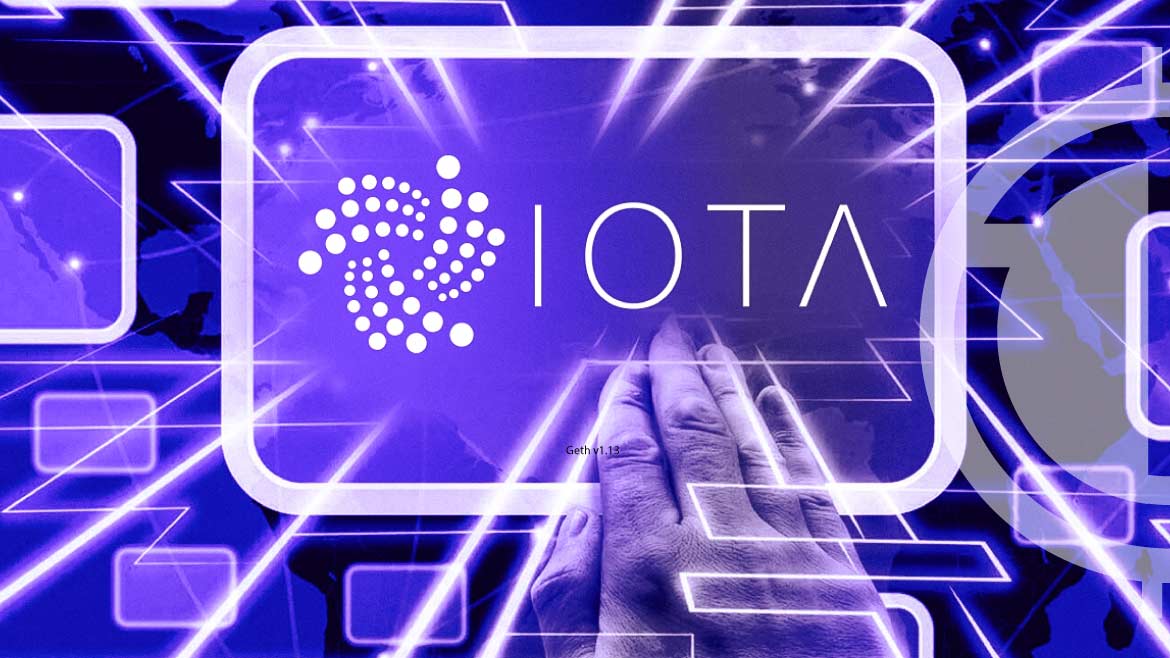- IOTA Foundation announces a shift from the Coordinator to a decentralized Validator Committee, enhancing network decentralization.
- The move improves network censorship resistance and uptime, reducing dependency on a single entity and boosting overall security.
- The Validator Committee is a temporary step towards full decentralization with IOTA 2.0, where token stake-based committee formation will be introduced.
The IOTA Foundation has revealed plans to replace its Mainnet Coordinator with a decentralised Validator Committee, which is a significant development for the IOTA network. The organization’s move represents a step towards decentralisation, increased network stability, and resistance to censorship. According to the announcement, “This change means that the placement of milestones will no longer rely solely on a single Coordinator managed by the IOTA Foundation“.
The transition, which eliminates reliance on a single entity and improves network uptime while addressing existing vulnerabilities, was announced in a tweet:
IOTA is a distributed ledger designed to power microtransactions among IoT devices, and its cryptocurrency is known as MIOTA. The current news stated that the IOTA Mainnet Coordinator, which currently serves as the network’s transaction verification referee, would be transformed.
The Coordinator works by issuing milestones to confirm transaction validity in batches, a process that adds security but also raises concerns. Essentially, the Coordinator system has the ability to block transactions if milestones are not met in a specific way. Because of the vulnerability to downtime and transaction confirmation issues, the IOTA Foundation has initiated changes.
Multiple validators would collaborate to determine the placement of milestones via an off-chain Byzantine Fault Tolerant (BFT) consensus mechanism, according to the changes. BFT is a distributed system’s ability to function correctly even if some of its nodes fail, stop performing their functions properly, or begin acting maliciously.
The official announcement also highlighted the key benefits of this transition from the Coordinator to the Validator Committee. With no single entity or machine in charge of transaction validation, the network becomes more resistant to censorship attempts. Additionally, the Validator Committee could continue to produce milestones even if a subset of validators experiences downtime due to network issues or misbehaviour.
The Validator Committee is deployed in a methodical manner to ensure robustness and reliability. It starts with internal testing on controlled networks, which allows developers to identify and correct potential issues.
Following that, the software is deployed on the Public Testnet, providing a diverse and realistic testing environment. The process culminates on Shimmer, the pre-production environment for the IOTA Mainnet, where uninterrupted operation confirms the software’s readiness for the final stage, production deployment.
The Validator Committee is made up of several entities, including universities and businesses that have been involved in the formation process for several months. Even if the IOTA Foundation’s validator node is offline, the IOTA network would remain operational as long as the majority of validators, at least 7 out of 10, are active.
The announcement also emphasised that the Validator Committee is only a temporary solution. It would be replaced in the future by IOTA 2.0, where committee formation would be permissionless and based on token stake. In addition, IOTA 2.0 would eliminate the need for milestones by introducing an On-Tangle voting mechanism.






